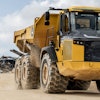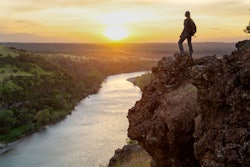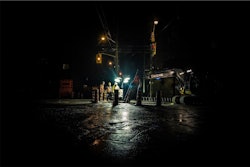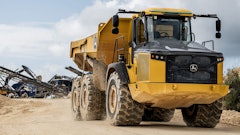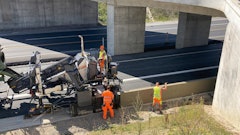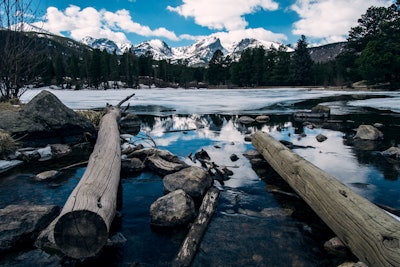
More than $11 billion of repairs or maintenance on roads, buildings, utility systems, and other structures and facilities across the National Park System has been postponed for more than a year due to budget constraints. Collectively they are known as “deferred maintenance.” Addressing deferred maintenance is a critical focus area of our core mission to preserve parks and provide a world-class visitor experience.
In addition to increased funding for construction and deferred maintenance projects, the Fiscal Year (FY) 2019 budget includes a legislative proposal to establish a Public Lands Infrastructure Fund that would help address deferred maintenance needs in the National Park System. With adequate funding and proper investment, deferred maintenance can be reduced to a manageable level.
Last week, U.S. Sen. Lisa Murkowski, R-AK, today chaired a hearing of the Energy and Natural Resources Committee to examine deferred maintenance needs and potential solutions on federal lands administered by the three major land management agencies within the Department of the Interior—the National Park Service (NPS), the Bureau of Land Management (BLM), and the U.S. Fish and Wildfire Service (FWS)—as well as the USDA Forest Service (FS).
Murkowski opened by acknowledging the magnitude of deferred maintenance problem.
“These four agencies face a combined deferred maintenance backlog totaling $19.4 billion, an overwhelming amount that covers everything from direct visitor experiences to projects that will never be noticed by the average family,” Murkowski said.
Murkowski noted that while the National Park Service and recreation are major drivers of the discussion over deferred maintenance, agency backlogs also impact the economic prosperity and public safety of nearby communities.
“In many cases, roads, bridges, wastewater systems, and other federal assets are intertwined with the needs of local communities,” Murkowski said. “Counties and boroughs have an obligation to ensure the safety of their citizens and the vitality of their local economy. And that means the infrastructure they share with their federal neighbor, which includes roads used by first responders, must be well-maintained.”
The Associate Chief of the Forest Service, Lenise Lago, testified to the important role of infrastructure for the National Forest System, stating that, “Infrastructure is the physical link between Americans and their public lands. It strengthens communities by giving them safe access to the many ecological, economic, and social amenities these lands provide…People depend on the Forest Service road network to get to schools, stores, hospitals, and homes. Perhaps most critically, forest infrastructure provides fire protection for communities.”
Liz Archuleta, a county supervisor from Coconino County, Arizona, testifying on behalf of the National Association of Counties, echoed Chairman Murkowski’s concerns, explaining that, “County governments, particularly in rural areas, are often first on the scene when a hiker is injured and must be rescued. When these access points fall into disrepair, it impacts the health and welfare of residents and public lands visitors,” Archuleta said.
The hearing featured testimony from a total of five witnesses representing a diverse group of stakeholders. In addition to witnesses from the Department of the Interior and the Forest Service, the committee heard from the recreation industry, county governments, and advocates of public land stewardship. Murkowski is chairman of the Committee on Energy and Natural Resources.
Status
National Park Service (NPS) deferred maintenance increased by $313 million (about 2.7 percent) in fiscal year 2018 (from October 2017 to September 2018.) Deferred maintenance increased because needs exceeded our capacity to address the work.
As of September 30, 2018, deferred maintenance totaled $11.92 billion. It can be broken down into two categories:
- Paved roads and structures: $6.15 billion
- Includes bridges, tunnels, paved parking areas, and paved roadways
- All other facilities: $5.77 billion
- Includes buildings, housing, campgrounds, trails, waste water systems, water systems, unpaved roads, unpaved parking areas, utility systems, dams, constructed waterways, marinas, aviation systems, railroads, ships, monuments, fortifications, towers, interpretive media, and amphitheaters
An archived video of today’s hearing can be found on the committee’s website. Click here and here to view Murkowski’s questions for the witnesses.


